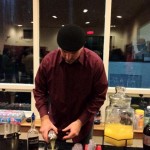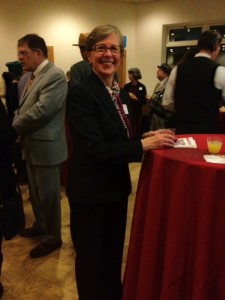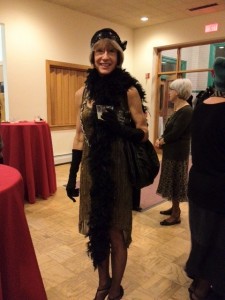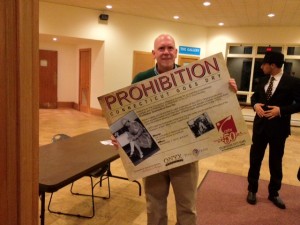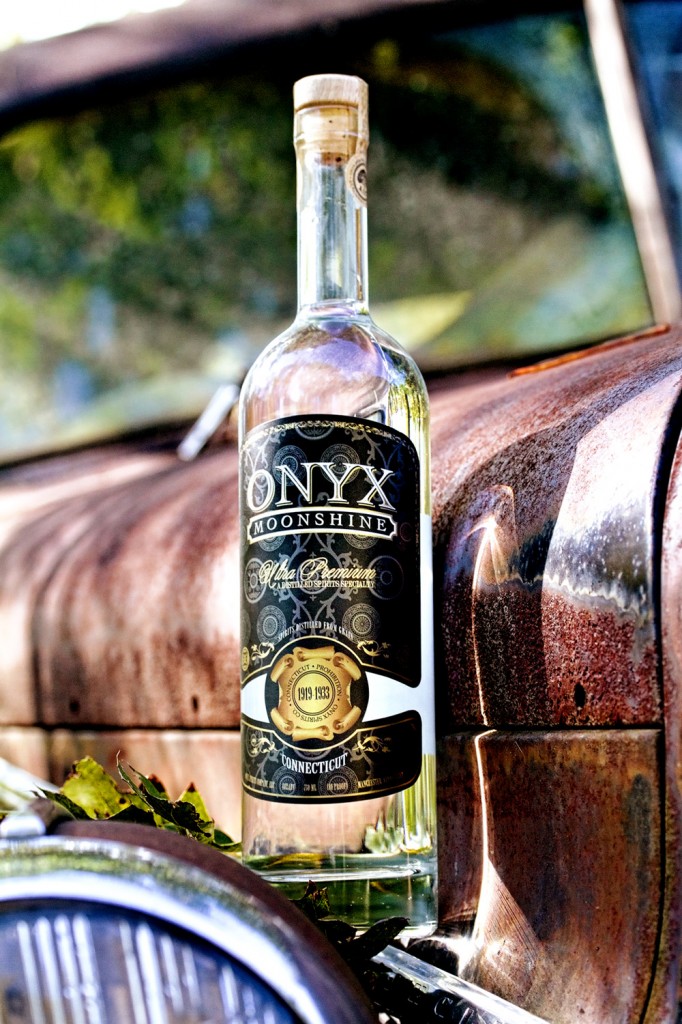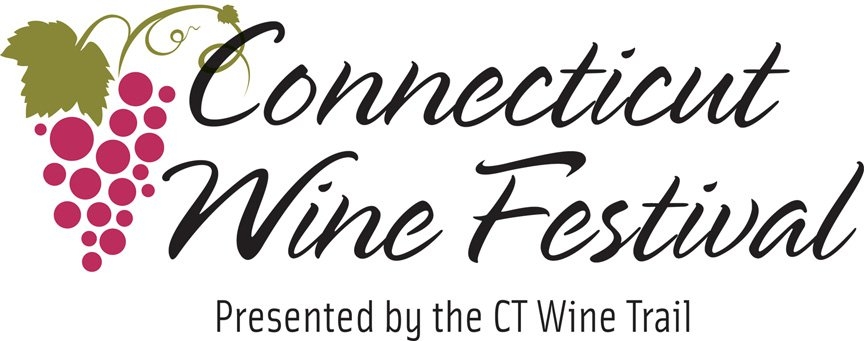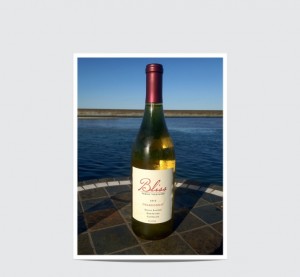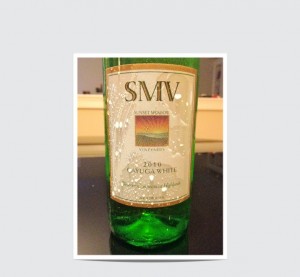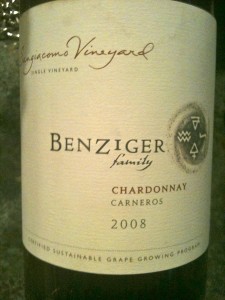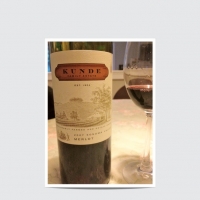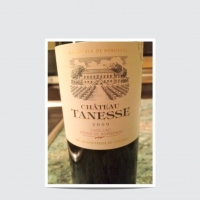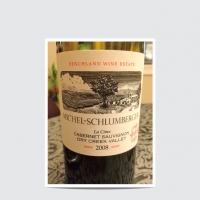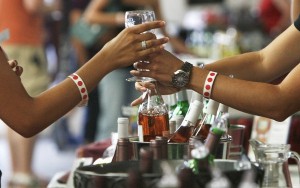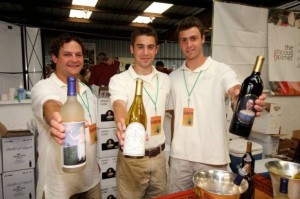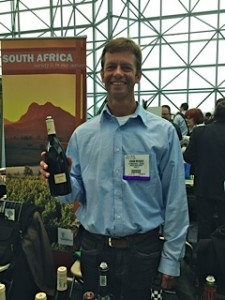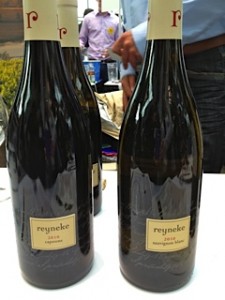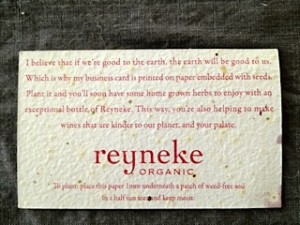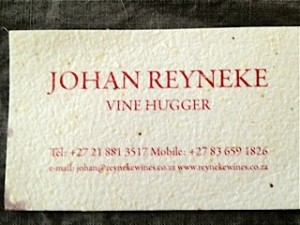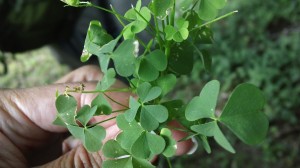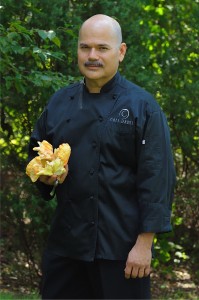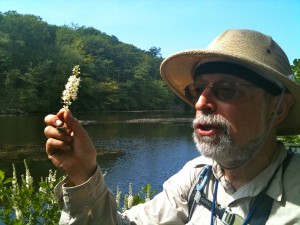Our new wine appreciation class series at Quattro's Restaurant & Wine Bar continues with an exciting evening featuring 8 excellent yet affordable wines. Forget about hitting the auction block or spending a fortune to get that perfect wine. And don't even think about giving up quality to save a buck. This class will show you how to find wines with an excellent PVR (price to value ratio). As always, learn wine tasting techniques in a fun and non-intimidating atmosphere while sampling great wines. One of our favorite classes.
Each participant will receive a special coupon good for 1/2 off the price of one dinner at
Quattro's with the purchase of a regularly priced dinner.
To sign up for this class and to see our full schedule, click here:
https://wineinstituteofnewengland.com/wine-appreciation-classes/
